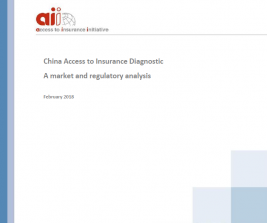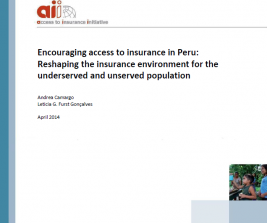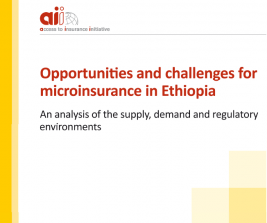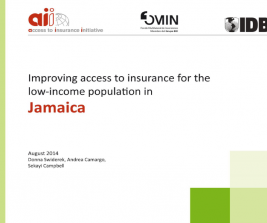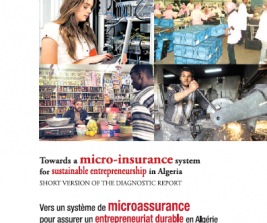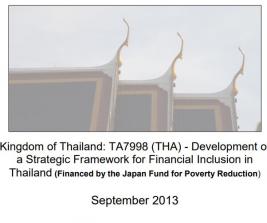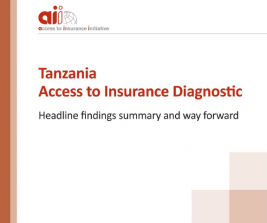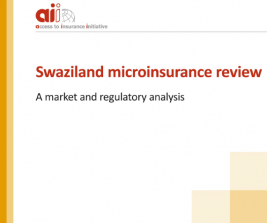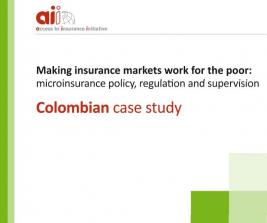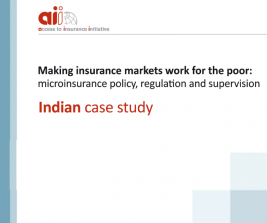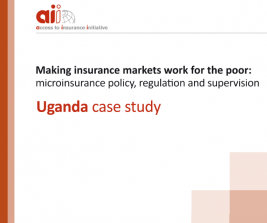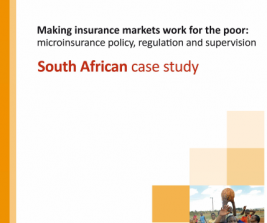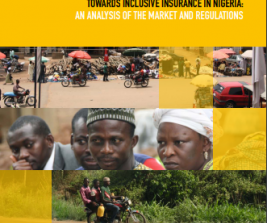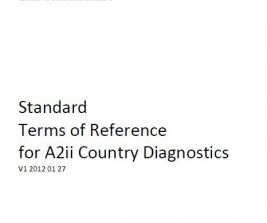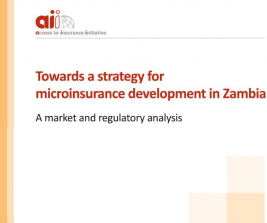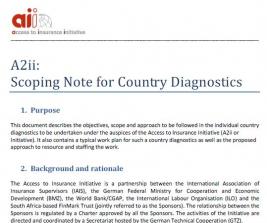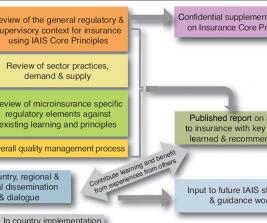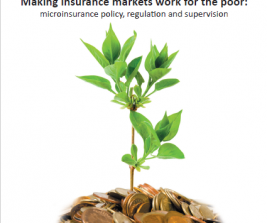Uganda has a relatively undeveloped insurance market and there is clear potential for expansion, particularly through microinsurance. However, insurers face significant challenges in developing microinsurance beyond credit life.
The principal reasons for this are a limited understanding of insurance and its benefits and a very low level of trust amongst the public. A significant reason for the lack of trust is the very low claims ratios, particularly for statutory third party motor claims. Although service levels have improved over the last few years, they are generally considered to be low. Consumer education and market awareness campaigns are widely considered to have strong potential. However, they are likely to fail or be ineffective unless trust can be restored. This in turn requires higher claims ratios, faster claim payment times and improved service standards. These should be the first priority.
One other significant constraint is the lack of suitable delivery channels, especially outside Kampala. The reliance on the traditional broker/agent model is much too expensive for microinsurance. New distribution channels are required. Banks and financial institutions may perhaps provide the most promising distribution channel, but amendments to legislation are required in order to enable their full potential to be achieved. Heath microinsurance is still a nascent market in Uganda. The development of health insurance faces many challenges, including significant supply-side constraints. The development of health insurance is further complicated by the proposals to create a National Health System. Although the final form of the proposals has not yet been finalised, the new National System is likely to crowd out health microinsurance to some extent.

